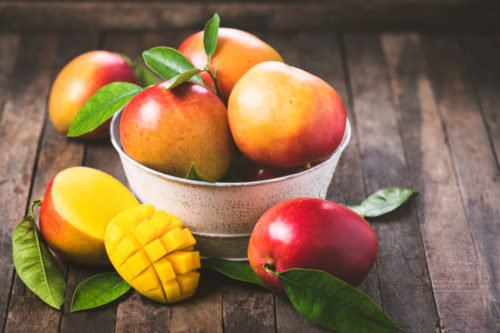

Gain threshold under both irrigated and dry conditions were calculated as 244.40 kg/ha, and 176.40 kg/ha wheat, respectively. But, under dry conditions it was low in the former (45.38 $/ha), compared to the latter (74.38 $/ha). Gross profit was higher in the farms using herbicides (181.47 $/ha) than those not using herbicides (28.06 $/ha) under irrigated conditions. Under dry conditions the values were found as 5.28 %, and 3.81 %, respectively. Under irrigated conditions the share of total herbicide cost in variable cost and production cost were 5.77 % and 3.69 %, respectively. Herbicide usage resulted in 29.09 % yield increase. A survey was applied to 78 farms which 70 of them use herbicides and 8 of them do not use herbicides in wheat growing. Amasya province of Turkey was chosen as research area because wheat is a major crop grown in the study area. This study analyses herbicide usage in wheat – grown under dry and irrigated conditions – from economic point of view. On the basis of these results, some conclusions are drawn concerning the economic performance of both cultivars in the area. This paper, based on accounting data taking from typical orchards in the area, both having 'Osteen' and 'Kent' plots, provides results from an economic analysis.

In this context, with the aim of encouraging supply diversification, a comparative return analysis for both cultivars, 'Osteen' and 'Kent', would be useful. Although it is low-medium yield compared with 'Osteen', the cultivar 'Kent', due to its excellent taste characteristics and its good value in the market is perceived by growers as one of the possible alternatives to 'Osteen' in order to diversify the Spanish supply to both domestic and export markets. and, for this short-term future, greater diversification of cultivars would be advisable. For the current low production in Spain (8,000 t), such a lack of supply diversification could be acceptable, but forecast figures for the next five years indicate that Spain will produce more than 25,000 t. It is, however, a cultivar selected in the 1950s in Florida, USA. Because of the predominance of 'Osteen' in Spanish mango cultivation, the 'Osteen' is, to some extent identified as the "Spanish mango" in the export market, particularly in the French market.

As a drawback, the taste characteristics of the fruit, although acceptable, are far from excellent, and 'Osteen' is susceptible to internal breakdown, one of the main troubles of mango in the region. Also 'Osteen' is quite tolerant to Ceratitis capitata attacks.

In the coastal area 'Osteen' has good vegetative performance, high average fruit yield with acceptable pulp quality, size, shape, and uniformity as well as attractive color suitable for marketing. Mango growing has been developing on the Spanish Mediterranean coast over the last 25 years, currently occupying more than 3,300 ha, with a clear increasing trend 70% of this surface area is planted with the cultivar 'Osteen' (early-mid season). From the results of these analyses, some conclusions have finally been drawn. The effects of scale on mechanization returns have also been analysed. Return analyses have also been performed for the two types of orchards, aiming to determine to what extent, and under what conditions, returns from both treatments and harvest mechanization cover the added mechanization cost. Using data gathered from two types of mango farms, with and without mechanization, a comparative cost analysis has been made. Mango mechanizations in the area concerns mainly phytosanitary treatments and harvest, where non-tillage with localized herbicides is already a generalized practice among mango growers. This paper analyses the economic impact of mechanization in terms of mango costs and returns. One is on slopes with medium-to-steep slopes and trees planted in narrow patches, with very difficult or impossible mechanization the other, more frequent, is shallower slopes or flatlands with orchards on wider terraces, where mechanization is possible. In south-eastern Spain, mangos are grown in two different types of orchards.


 0 kommentar(er)
0 kommentar(er)
